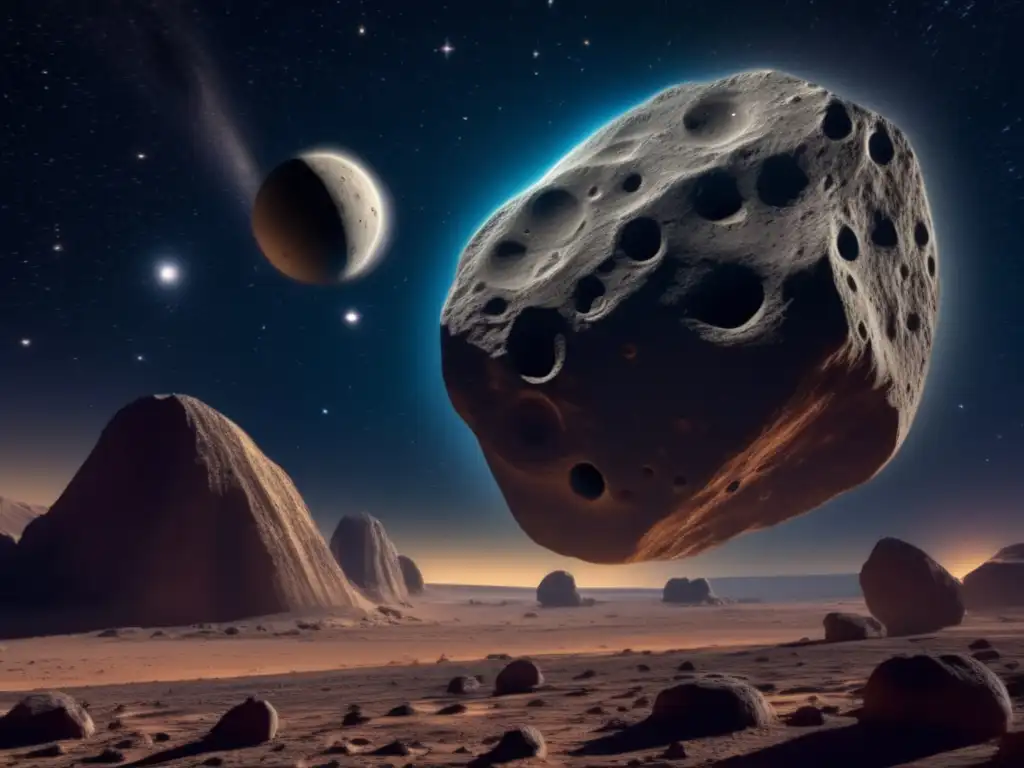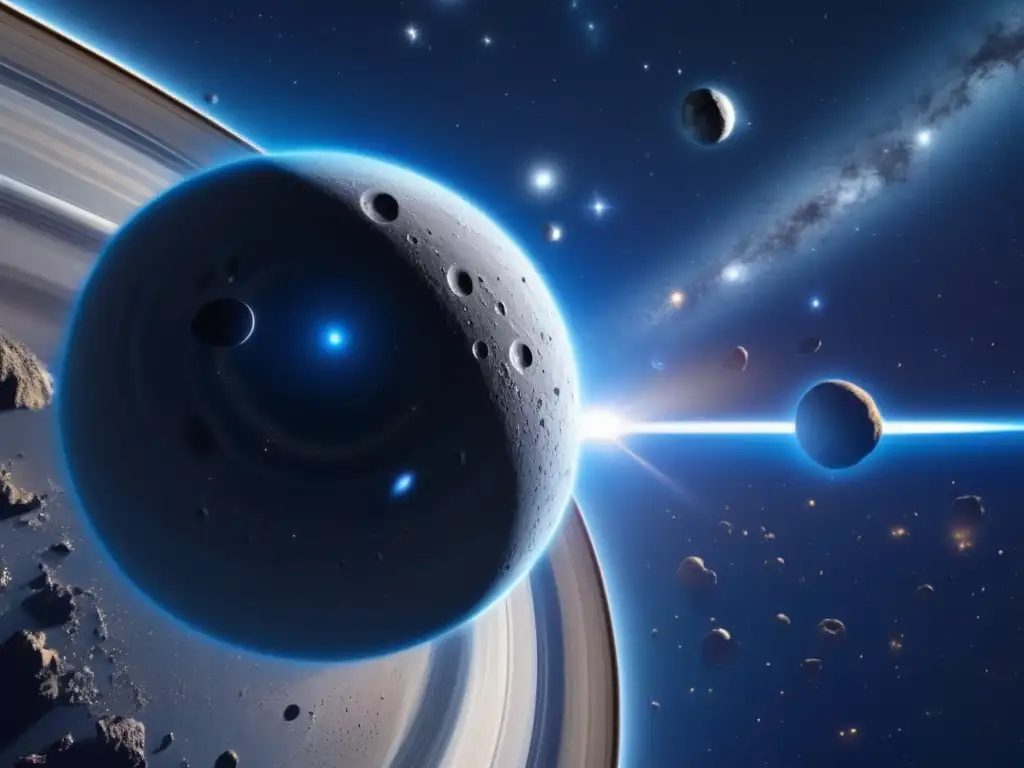Gods Of The Asteroid Belt: Mythology's Celestial Pantheon

Introduction
The asteroid belt, located between Mars and Jupiter, has been a source of fascination for scientists and enthusiasts alike. However, asteroids have also played significant roles in mythology, where they were often associated with powerful gods and goddesses. In this article, we will explore some of the most prominent deities associated with asteroids, their stories, and their cultural significance.
Asteroids in Mythology: The Role of Gods and Goddesses

Ceres, the Roman Goddess of Agriculture
Ceres is one of the most well-known figures associated with asteroids. According to Roman mythology, she was the goddess of agriculture and fertility, responsible for the growth of crops and the nourishment of the Earth. Ceres' association with the asteroid belt began in 1801, when Italian astronomer Giuseppe Piazzi discovered the first asteroid, which he named Ceres after the goddess. This marked the beginning of the study of asteroids as a separate category of celestial objects.
Vesta, the Roman Goddess of the Hearth
Vesta was another important figure in Roman mythology, associated with the hearth, home, and family. She was the daughter of Saturn and was believed to be the guardian of the eternal flame that burned in the Roman Forum. In 1807, German astronomer Heinrich Olbers discovered Vesta, which became the fourth asteroid to be identified. The name Vesta was chosen because of the asteroid's brightness, which reminded astronomers of the goddess's connection to fire and light.
Asteroids in Modern Culture and Science

The Cultural Significance of Ceres and Vesta
The discovery of Ceres and Vesta helped to establish the asteroid belt as an important area of research. In addition, their names have been used in popular culture, reflecting their enduring relevance and cultural significance. For example, the fictional setting of the popular video game "Mass Effect" is named after the asteroid belt, while the NASA spacecraft Dawn has been sent to study Ceres, Vesta, and other objects in the asteroid belt.
Asteroids and the Formation of the Solar System
Asteroids play a crucial role in our understanding of the formation of the solar system. Scientists believe that the asteroid belt was formed approximately 4.6 billion years ago, during the early stages of the solar system's development. By analyzing the composition and characteristics of asteroids, scientists can gain insights into the conditions and processes that shaped the solar system.
Frequently Asked Questions

-
What is the asteroid belt?
The asteroid belt is a region of space located between Mars and Jupiter that contains numerous small celestial objects called asteroids.
-
What is the significance of Ceres and Vesta?
Ceres and Vesta are two of the first asteroids to be discovered and have played important roles in mythology and science.
-
What can we learn from studying asteroids?
Studying asteroids can provide insights into the formation of the solar system, as well as the composition and characteristics of other celestial objects.
-
Are there any plans to send more spacecraft to study asteroids?
Yes, NASA and other space agencies have planned several missions to study asteroids, including the OSIRIS-REx mission to the asteroid Bennu and the Lucy mission to study the Trojan asteroids.
-
How do asteroids compare to other celestial objects?
Asteroids are smaller than planets but larger than comets or meteoroids. They are also more likely to be composed of rock and metal rather than ice and dust.
Conclusion
Asteroids have played important roles in mythology, culture, and science throughout human history. From the Roman goddesses Ceres and Vesta to modern spacecraft missions, asteroids continue to capture our imaginations and provide insights into the nature and origins of our solar system. We hope this article has shed light on the fascinating celestial pantheon that surrounds these mysterious and powerful objects.
Please share your thoughts and comments below and feel free to explore www.asteroidrealm.com for further information on asteroids and other celestial topics.
Additional Resources

For more information about asteroids, please visit:
 Asteroids As Catalysts In Mythical Hero's Journeys
Asteroids As Catalysts In Mythical Hero's Journeys Asteroids And The Sea: The Influence Of The Cosmos On Maritime Myths
Asteroids And The Sea: The Influence Of The Cosmos On Maritime Myths Exploring Mythological Asteroid Names In Modern Astronomy
Exploring Mythological Asteroid Names In Modern AstronomyIf you want to discover more articles similar to Gods Of The Asteroid Belt: Mythology's Celestial Pantheon, you can visit the Asteroid Mythology category.
Leave a Reply

Articulos relacionados: